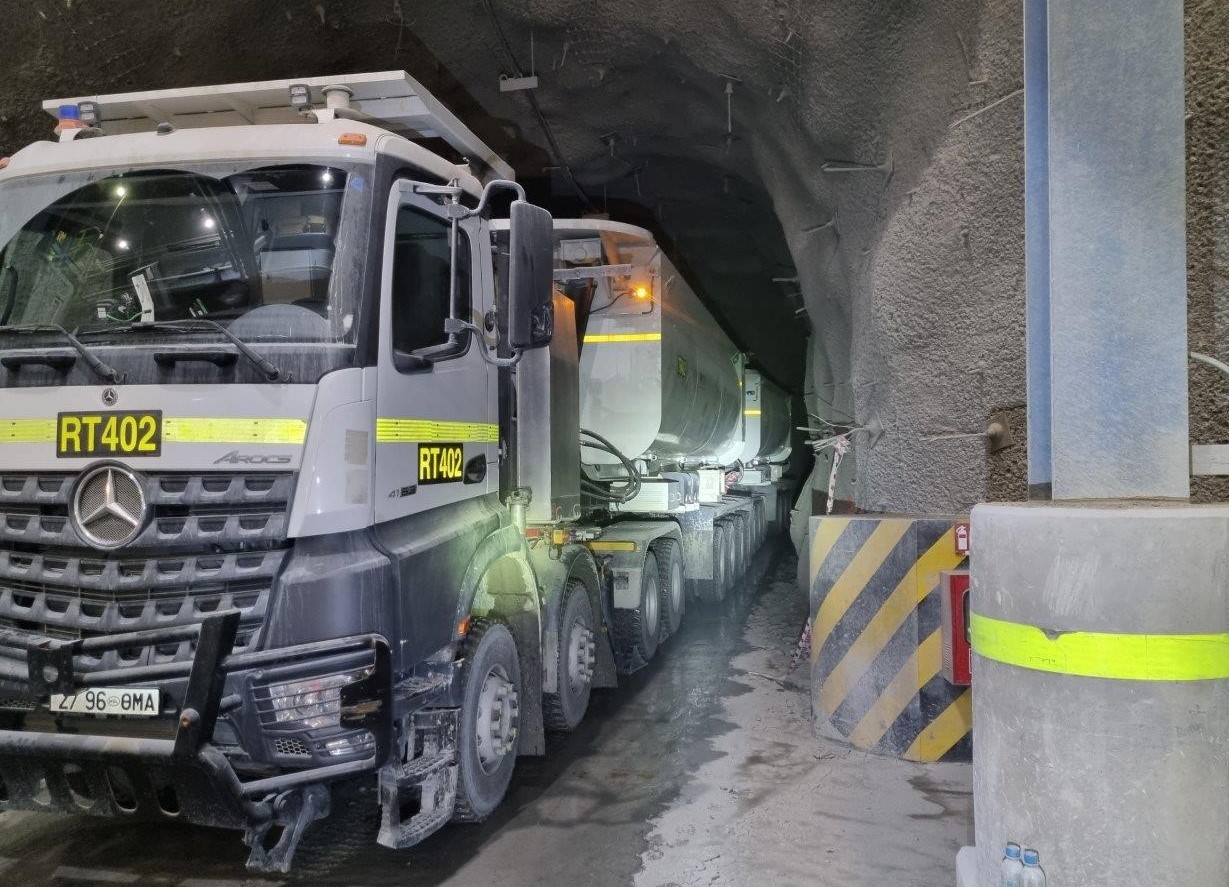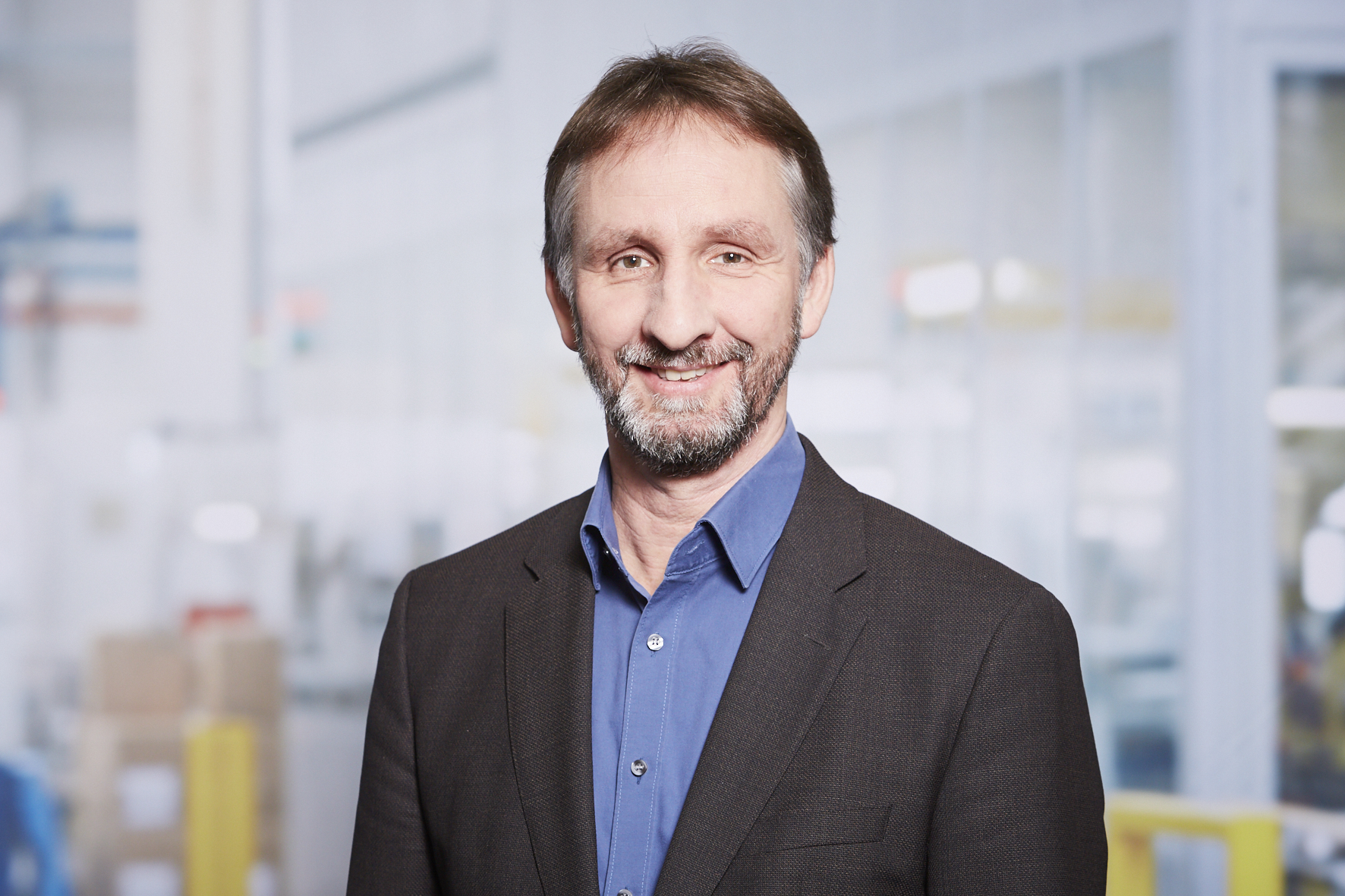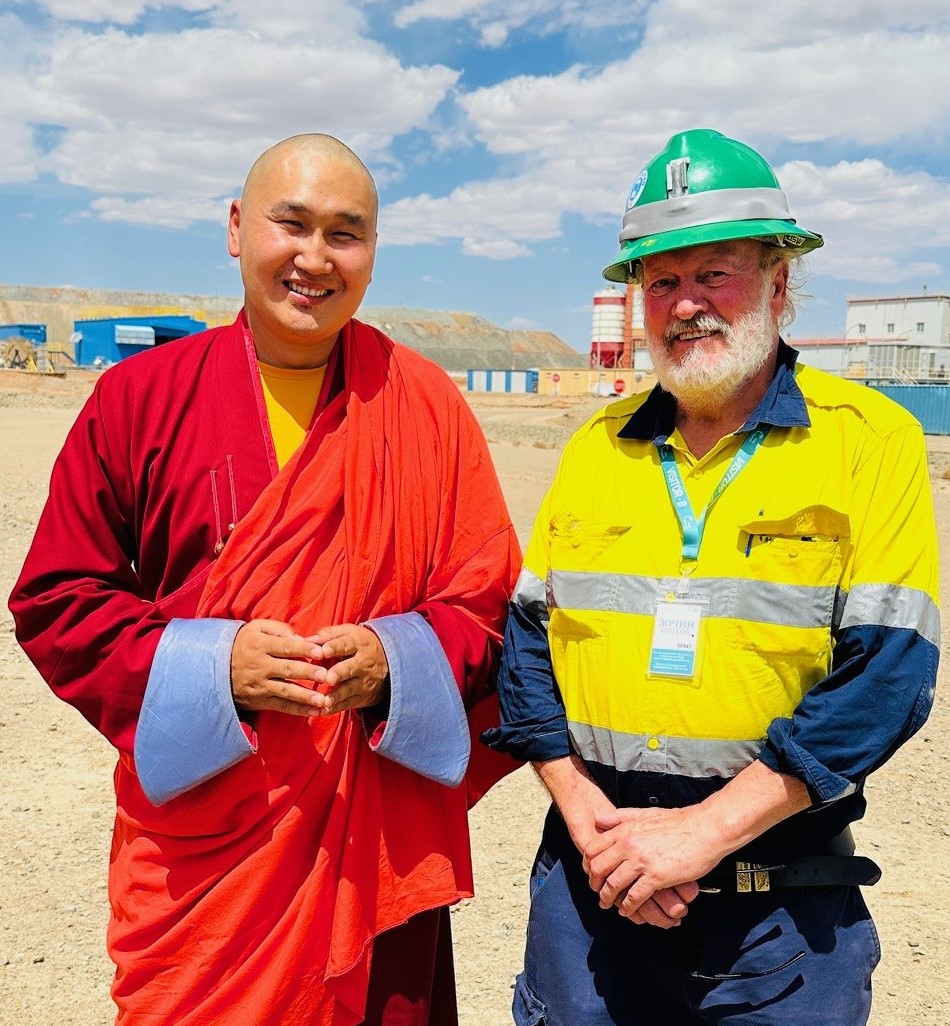Outstanding underground: BPW trailer axles in the tunnel system in Mongolia

- Photos: BPW
- Date: 24.07.24
One of the largest gold and copper deposits in the world is located in Oyu Tolgoi (Mongolia). Here, huge quantities of precious metals are mined up to 1.3 kilometres deep in the ground – and have to be transported onwards through a kilometre-long tunnel system. Tight bends and uneven ground with different surface conditions place extreme demands on transport. In order to get trucks that weigh 240 tons and are 26 metres long through the tunnel system, technology and expertise in vehicle design and the cooperation of experienced experts are required. So BPW suspension specialists were involved in the design and development of the vehicles right from the start. And within the BPW Group itself, global co-working was also an essential part of the realisation process. Layson Ong and his colleagues from BPW Asia Pte Ltd. were also part of the project, as were David Csire from BPW Hungária Kft. and Bernd Rhein from the headquarters of BPW Bergische Achsen KG in Germany. The Mercedes AROCS tractor units built for heavy goods transport are combined with specially developed side tipper semitrailers from SSB Indonesia. The semitrailers are equipped with special axles from BPW - they form a safe basis for driving under the most difficult conditions.

A steering axle with a 16-ton axle load, hydraulically sprung and positively steered: this is not something that was developed alone, but rather together with colleagues from Singapore, Hungary and Germany.
Steering axles – as special as the project
The narrowness of the tunnel system requires the greatest possible steering angle for the 26-metre-long road train. The weight of the load – a gigantic 160-ton total usable load – requires extreme stability. In total, eleven BPW trailer axles were installed on each road train: four in the semitrailers, and a further three axles in the so-called dollies, which connect the semitrailers to each other.
About challenges and a very special experience – expert interview with Tom Porter
Tom Porter supervised the project as a technical sales consultant for PT Sanggar Sarana Baja (SBB), Jakarta. In this interview, he explains the special requirements and describes the experience of the blessing of the vehicles by a Buddhist lama.
What were the greatest challenges that you faced in the project on site?
We are talking about a mine transport in the Gobi Desert – in the south of Mongolia, and about 120 kilometres from the Chinese border. The air temperature fluctuates between -40 degrees Celsius and +40 degrees Celsius during transportation of the ore. By contrast, the temperature underground is always around 28 degrees Celsius. As mining has now shifted to underground deposits, we needed drawbar trailers that will probably never see the light of day again. In fact, it was a challenging task to get the trailers underground at all. Their superstructures had to be removed from the chassis and reassembled underground. However, the greatest challenge was to construct a road train that could travel safely through the underground tunnels. That fits into the limited space in terms of length, width and height – and has steering axles that enable trouble-free navigation in the tunnel. In addition, the trailers had to be equipped with radar devices and cameras to assist the drivers with route guidance.
How were the special axles from BPW able to support the project?
Each trailer has four axles: two of which are rigid and two of which are steered. The axle mountings are hydraulic and ensure optimal load distribution between the axles.The three-axle dolly has three rigid axles and a mechanical suspension system from BPW. This allowed us to maximise the usable load to 80 tons per trailer and also ensure sufficient braking power.
Why was BPW an ideal partner for the project?
BPW impresses with its quality and reliability, which is of course essential for successful cooperation on this project. In addition, the axles are ideally tailored to the stringent requirements, allowing the vehicles to carry a maximum load.
The vehicles were blessed on site by a Tibetan Buddhist – what is the background to this?
The blessing was performed by a spiritual teacher of Buddhism, called a lama. He poured mare's milk over the vehicles while chanting mantras. Celebrating new equipment for a mine with a spiritual ceremony is a custom that is as traditional as it is emotional. When the ceremony was over, the road trains were transported underground and brought into operation. Since then, they have been doing their job every day– and doing it extremely well.






